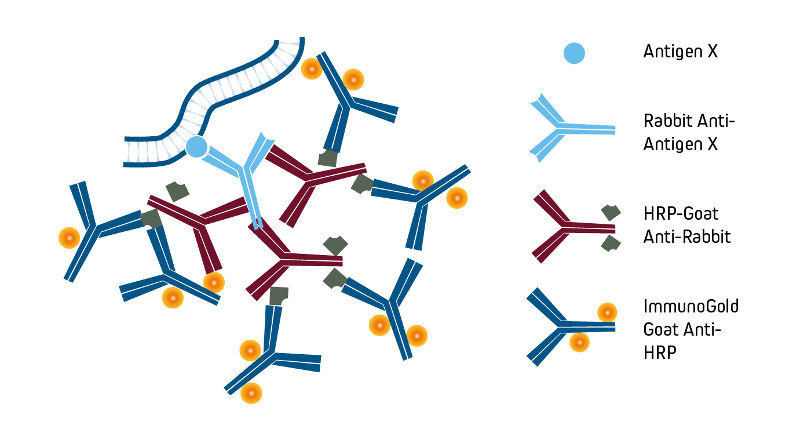
Most Duffy negative blacks carry a silent Fy-b allele with a single T to C substitution at nucleotide -33, impairing the promoter activity in erythroid cells by disrupting a binding site for the GATA1 erythroid transcription factor. A third mutation (a transversion) in this gene has also been described - G145T ( Alanine49 Serine) - that has been associated with the Fy-x phenotype. The Fy-x allele is characterized by a weak anti-Fy-b reaction and appears to be the result of two separate transitions: Cytosine265 Threonine ( Arginine89 Cysteine) and Guanine298 Adenosine ( Alanine100 Threonine). This mutation occurs in the Fy-b allele and has been designated Fy-b Es (erythroid silent). The genetic basis for the Fy(a-b-) phenotype is a point mutation in the erythroid specific promoter (a T -> C mutation at position -33 in the GATA box). A second mutation causing a Duffy negative phenotype is known: the responsible mutation is G -> A at position 298. Fy-x is also known as Fy-b weak or Fy-b Wk.įy-a and Fy-b differ by in a single amino acid at position 42: glycine in Fy-a and aspartic acid in Fy-b ( guanine in Fy-a and adenosine in Fy-b at position 125). Fy-x is a form of Fy-b where the Fy-b gene is poorly expressed. It carries the antigenic determinants of the Duffy blood group system which consist of four codominant alleles-FY*A and FY*B-coding for the Fy-a and Fy-b antigens respectively, FY*X and FY*Fy, five phenotypes (Fy-a, Fy-b, Fy-o, Fy-x and Fy-y) and five antigens. The gene encodes a 336 amino acid acidic glycoprotein. It is a single copy gene spanning over 1500 bases and is in two exons. The gene was first localised to chromosome 1 in 1968, and was the first blood system antigen to be localised. The Duffy antigen/chemokine receptor gene (gp-Fy CD234) is located on the long arm of chromosome 1 (1.q22-1.q23) and was cloned in 1993. The Fy4 antigen, originally described on Fy (a–b–) RBCs, is now thought to be a distinct, unrelated antigen and is no longer included in the FY system. Reactions to Fy5 have also rarely been reported. Only Fya, Fyb and F圓 are considered clinically important. Several other types were later discovered bringing the current total up to 6: Fya, Fyb, F圓, Fy4, Fy5 and Fy6. Using these two antibodies, three common phenotypes were defined: Fy(a+b+), Fy(a+b-), and Fy(a-b+). In 1951, the antibody to a second antigen, Fyb, was discovered in serum.

In 1950, the Duffy antigen was discovered in a multiply-transfused hemophiliac whose serum contained the first example of anti-Fya antibody. The Duffy antigen gene was the fourth gene associated with the resistance after the genes responsible for sickle cell anaemia, thalassemia and glucose-6-phosphate dehydrogenase. It was noted in the 1920s that black Africans had some intrinsic resistance to malaria, but the basis for this remained unknown. 6.4 Hemolytic disease of the fetus and newborn.Polymorphisms in this gene are the basis of the Duffy blood group system. The protein is also the receptor for the human malarial parasites Plasmodium vivax, Plasmodium knowlesi and simian malarial parasite Plasmodium cynomolgi. The protein encoded by this gene is a glycosylated membrane protein and a non-specific receptor for several chemokines. The Duffy antigen is located on the surface of red blood cells, and is named after the patient in whom it was discovered. G protein-coupled receptor signaling pathwayĭuffy antigen/chemokine receptor ( DARC), also known as Fy glycoprotein ( FY) or CD234 ( Cluster of Differentiation 234), is a protein that in humans is encoded by the ACKR1 gene.


 0 kommentar(er)
0 kommentar(er)
